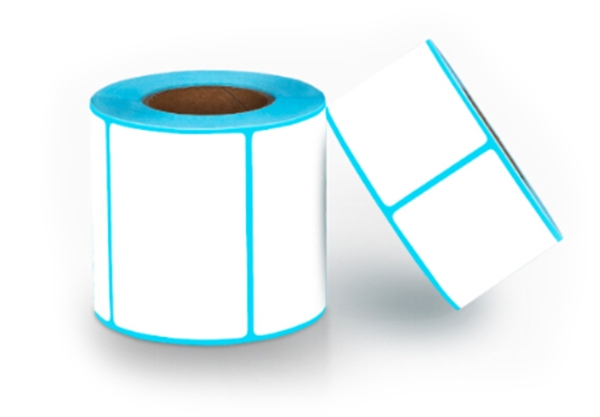Tire vulcanization label printing involves using specific printing methods and technologies to create durable, heat-resistant labels suitable for the harsh conditions of the tire manufacturing process. The chosen printing method should ensure that labels remain legible, adhere securely to the tire surface, and withstand the high temperatures and pressures associated with vulcanization. Here are some common printing methods used for tire vulcanization labels:

-
Thermal Transfer Printing:
- Principle: Thermal transfer printing uses a thermal printhead to transfer ink from a ribbon to the label material.
- Advantages: This method produces high-quality, durable prints. Labels can be customized with variable data, barcodes, and graphics.
- Suitability: Thermal transfer labels are suitable for tire vulcanization when paired with heat-resistant label materials.
-
Laser Printing:
- Principle: Laser printing uses a laser beam to create an image on the label surface.
- Advantages: Laser printing provides high-resolution prints and is suitable for certain label materials.
- Suitability: Laser printing can be used for tire vulcanization labels, especially when using heat-resistant materials compatible with laser printers.
-
Dot Matrix Printing:
- Principle: Dot matrix printing uses a series of dots to create characters and images.
- Advantages: Dot matrix printers are durable and can handle certain industrial applications.
- Suitability: While less common, dot matrix printing can be used for tire vulcanization labels, particularly when durability is a primary concern.
-
Inkjet Printing:
- Principle: Inkjet printing sprays ink droplets onto the label surface.
- Advantages: Inkjet printing allows for full-color printing and is suitable for certain label materials.
- Suitability: Inkjet printing may be used for tire vulcanization labels, especially when color coding or detailed graphics are required.
-
UV Printing:
- Principle: UV printing uses ultraviolet light to cure ink instantly.
- Advantages: UV printing offers quick drying times and can be used on various materials.
- Suitability: UV printing can be suitable for certain tire vulcanization labels, especially when rapid curing is essential.
When printing tire vulcanization labels, it's crucial to consider the compatibility of the chosen printing method with the label material. Additionally, the ink or toner used should be resistant to heat and chemicals to ensure the longevity of the printed information on the label. Always follow the guidelines provided by the label material and printer manufacturers to achieve optimal results in terms of durability and legibility.
We offer comprehensive technical support, including free professional labeling solutions, advice on label materials and adhesive selection, as well as online/offline assistance from professional software and hardware engineers. Service email: andy@ownlikes.cn. In pre-sales, we leverage our extensive experience in specialty labeling projects to provide clients with the most suitable hardware solutions. Additionally, all our label barcode printers and scanners come with a three-year free warranty, demonstrating our confidence in our products.




